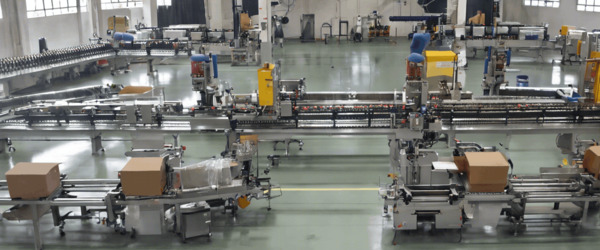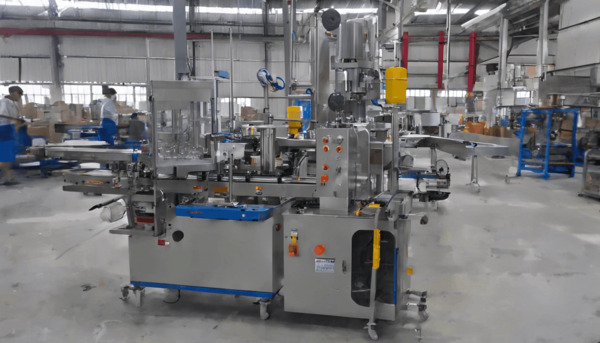
Introduction to Packing Tape Manufacturing
Packing tape, also known as packaging tape or shipping tape, is an essential material used in various industries for sealing boxes and packages. It is a pressure-sensitive tape that is commonly used in both commercial and residential settings. The manufacturing of packing tape involves several key players, ranging from large multinational corporations to smaller, specialized companies. Understanding who makes packing tape requires an exploration of the different types of manufacturers, the materials used, and the processes involved in production.
Types of Packing Tape Manufacturers
Packing tape manufacturers can be categorized into several types based on their size, specialization, and market reach. Here are the primary categories:
1. Large Multinational Corporations
These companies are often well-known brands with a global presence. They produce a wide range of adhesive products, including packing tape. Some of the most recognized names in this category include 3M, Tesa, and Avery Dennison. These companies have extensive research and development capabilities, allowing them to innovate and produce high-quality tapes with various features, such as UV resistance, high adhesion, and temperature tolerance.
2. Regional and National Manufacturers
These manufacturers operate on a smaller scale compared to multinational corporations and often focus on serving specific geographic regions or countries. They may offer competitive pricing and cater to local market demands. Examples include Shurtape Technologies in the United States and Vibac Group in Europe. These companies may also produce private label products for retailers.
3. Specialized Manufacturers
Specialized manufacturers focus on producing niche or high-performance packing tapes. They may cater to specific industries, such as automotive, aerospace, or electronics, where specialized adhesive properties are required. These companies often invest heavily in R&D to develop tapes with unique characteristics, such as electrical insulation or chemical resistance.
Materials Used in Packing Tape
The materials used in packing tape play a crucial role in its performance and application. The two main components of packing tape are the backing material and the adhesive.
Backing Material
The backing material provides the structural support for the tape. Common backing materials include:
- Polypropylene: This is the most widely used backing material for packing tape due to its strength, flexibility, and cost-effectiveness. It is suitable for general-purpose applications.
- Polyester: Known for its durability and resistance to environmental factors, polyester backing is used for heavy-duty applications.
- Paper: Used in eco-friendly packing tapes, paper backing is biodegradable and recyclable, making it an attractive option for environmentally conscious consumers.
Adhesive
The adhesive is the sticky component that allows the tape to adhere to surfaces. The choice of adhesive affects the tape’s performance in terms of adhesion strength, temperature resistance, and removability. Common types of adhesives include:
- Acrylic: Known for its strong adhesion and resistance to UV light and aging, acrylic adhesive is ideal for long-term storage and outdoor applications.
- Rubber: Offering excellent initial tack and adhesion to a variety of surfaces, rubber adhesive is often used for general-purpose packing tapes.
- Silicone: Used in high-temperature applications, silicone adhesive provides superior performance in extreme conditions.
Manufacturing Process of Packing Tape
The manufacturing process of packing tape involves several steps, from selecting raw materials to producing the final product. Here is an overview of the typical process:
1. Coating
The first step in manufacturing packing tape is coating the backing material with adhesive. This is done using a coating machine that applies a uniform layer of adhesive to the backing. The type of adhesive used depends on the intended application of the tape.
2. Drying
After the adhesive is applied, the tape is passed through a drying oven to remove any solvents or moisture. This ensures that the adhesive is fully cured and ready for use.
3. Slitting
Once the adhesive is dried, the tape is slit into the desired widths. This is done using a slitting machine that cuts the tape into rolls of various sizes, depending on customer requirements.
4. Packaging
The final step is packaging the tape rolls for distribution. The rolls are typically wrapped in protective materials and boxed for shipment to retailers or directly to customers.
Conclusion
Packing tape is a ubiquitous product with a diverse range of manufacturers and applications. From large multinational corporations to specialized producers, the industry offers a variety of options to meet different needs. Understanding the materials and manufacturing processes involved in packing tape production can help consumers and businesses make informed choices about the products they use. While this overview provides a comprehensive look at who makes packing tape, it’s important to note that the industry is constantly evolving, with new innovations and technologies emerging regularly.





